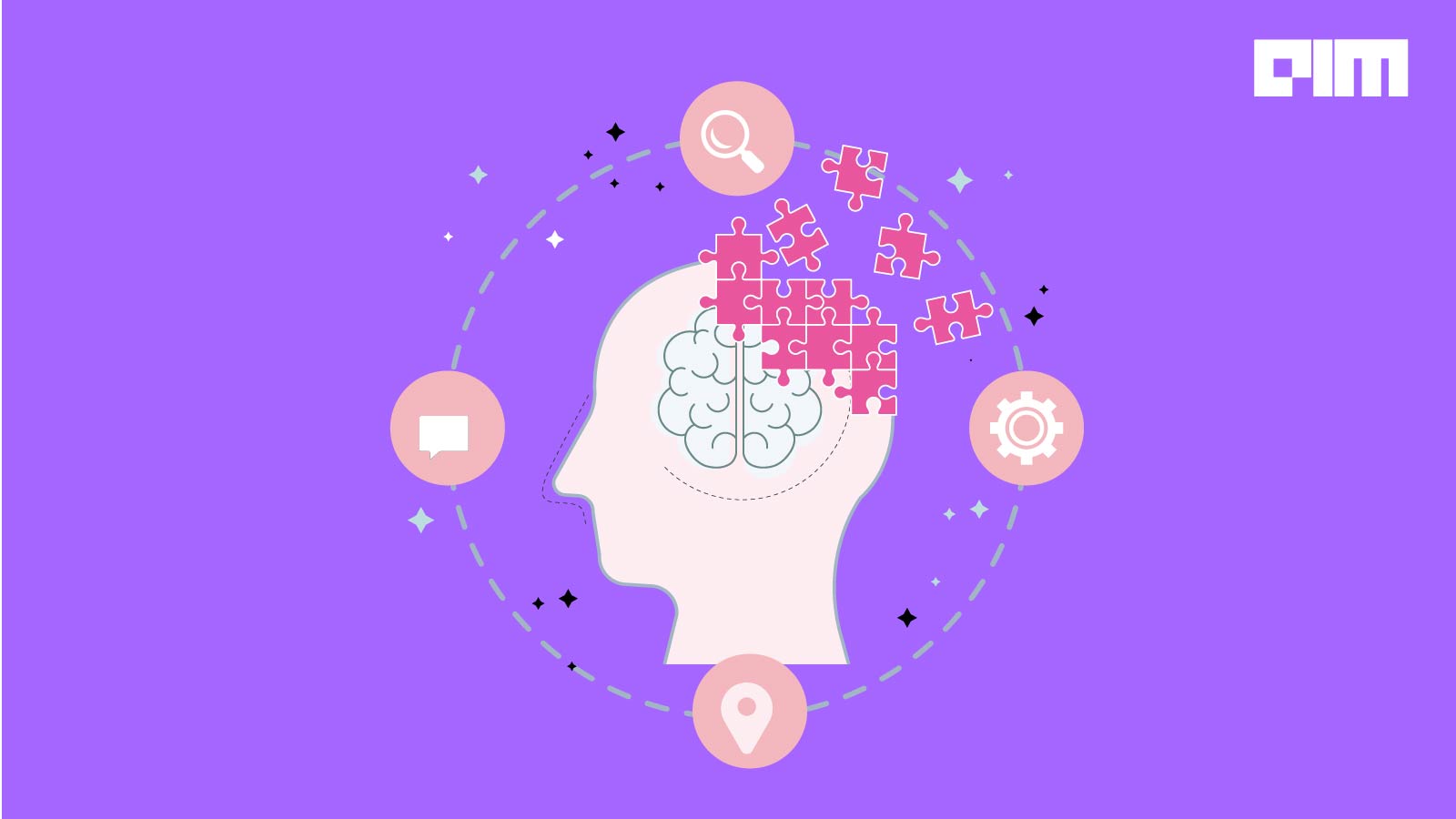Every invention in the past has taken time to perfect itself. Some take off quickly and some inventions need years to be established in society. Artificial intelligence is a good example for the latter. Even though AI concepts were conceived in the late 1950s, it has received both adulation and criticism over the years. AI has seen many developments with multiple perspectives and is not limited to any ‘standard’ in its innovations. This incongruity is why AI has not completely pervaded into our lives, like other technologies.
In this article, we look into how one design called information architecture (IA) can help succeed AI be a part of everyday life.
The Automobile Analogy
Rob Thomas, General Manager at IBM Analytics, gives an analogy of AI with the automobile industry, “The evolution of the auto industry is similar in form to the currently nascent world of artificial intelligence. And like the auto industry, in order for AI to flourish, organisations must adopt and embrace a prerequisite set of conditions, or building blocks.”
These “building blocks” mean that just like automobile components boosted innovations and help the automobile sector scale to a larger level, AI requires its components such as machine learning, data analytics etc. require a structure to scale well.
As data will never stop growing, it is critically important how AI makes the best use of it. A structured approach will be key to achieving this. So, before implementing technologies like machine learning or deep learning, every company should look really hard at AI’s actual intellect when it comes to solving current problems.
Information Plays Handy
A wonderful example of this would be the search engine recommendation. When you search something on Google, it gives out customised results. The more you search, the more it tunes according to your interests. Suppose, the search made is of a product, then more information related to the product would be collected. In simple words, an information pool is created around this product.
This information can act as a series of steps for a more sensible AI. Remember, this is just for one product. There are thousands of searches done every minute. By organising all these into one collective pool, AI could be made human-like. However, achieving this is a mammoth task. In the approaching days, we will see this ubiquitous information-oriented system nonetheless.
Bottom-Up Way To Build Information Architechture
As mentioned above, linking the information in a reverse-engineering fashion can help build complex human-like AI systems. So, relationships established at every level of information is passed on. Take the product example. Here, the information pool on this product can be used across different dimensions, say, marketing or finance in a company. Now if this pool is pushed across either of these two areas, the product becomes a part of marketing/financial information pool. Therefore, if the company uses AI tech such as ML or DL in this area, it can learn not only about the product but also marketing information at an overall level.
Simply using ML or DL does not provide a structured way. Seth Earley, an IA expert and founder of Earley Information Science, highlights how two concepts in AI — knowledge engineering and knowledge representation — can go a long way in having an IA. He gives a note about what ‘ontologies’ can offer in this aspect.
“An ontology represents a domain of knowledge and the information architecture structures and mechanisms for accessing and retrieving answers in specific contexts. Ontologies can also capture “common sense” knowledge of objects, processes, materials, actions, events, and myriad more classes of real-world logical relationships.”
Structuring AI through IA will come close to a human-ish experience. The intellect formed is more sensible compared to what computing systems do generally. On the other hand, if considered on a broader perspective, this is hard to implement since every AI organisation is different with respect to its systems or even business function.
Regulatory Implications
Although bringing IA into AI is highly beneficial, another aspect to be looked into is regulations. Regulatory agencies (region or country-specific) should come to a consensus with regard to IA in intelligent systems. What this article gives is a surface view of a much larger system underneath. However, it should be noted that in order for AI to be omnipresent just like cars, it should have a realistic side to it free of perils.



















































































